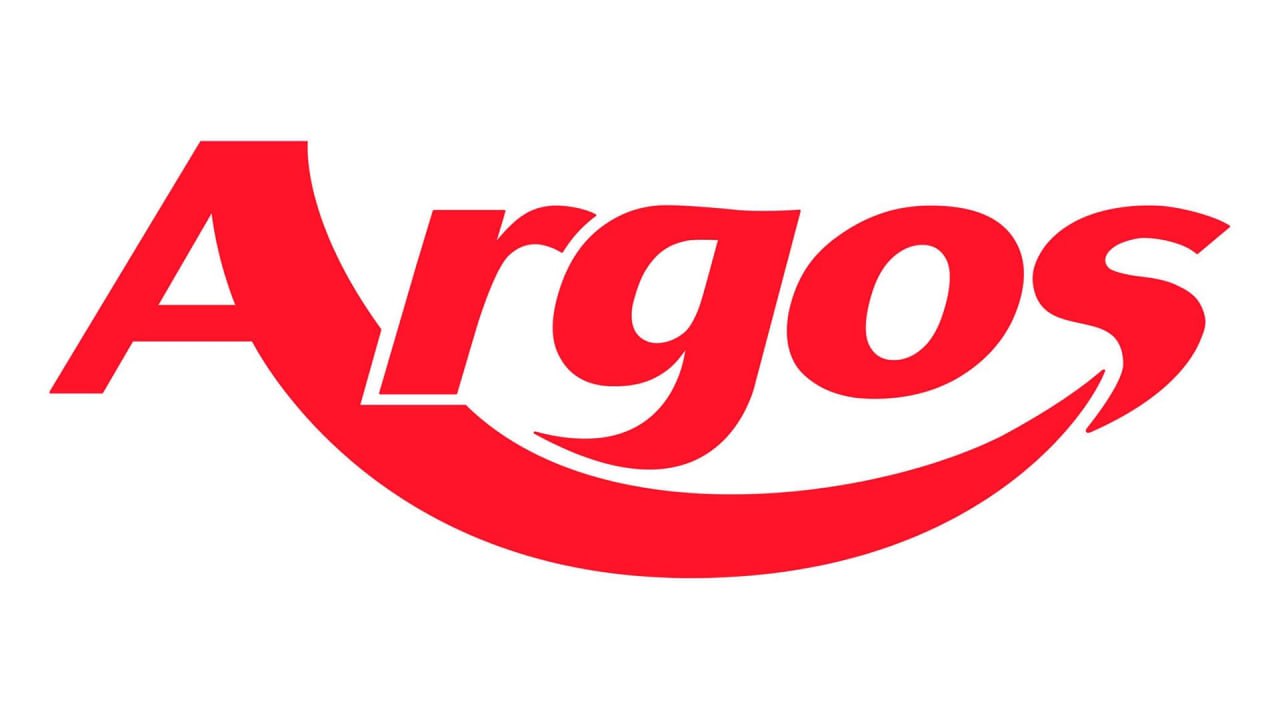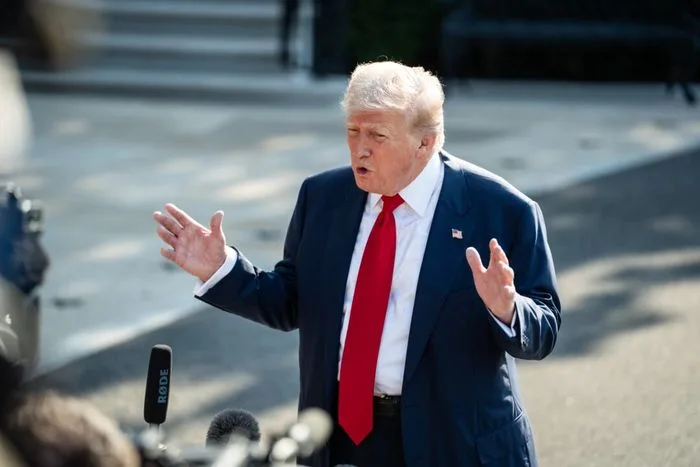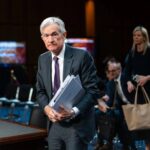By Andrew Moran
President Donald Trump floated the idea of sending U.S. taxpayers rebate checks from tariff income collected this year.
Trump, speaking to reporters on July 25 before departing for Scotland, said the White House is thinking about issuing rebates to individuals in certain income levels.
“We have so much money coming in, we’re thinking about a little rebate,” the president said.
While the primary objective is to pay down the national debt, he believes there may be sufficient funds to provide rebates to U.S. taxpayers.
“We’re thinking about a rebate because we have so much money coming in from tariffs that a little rebate for people of a certain income level might be very nice,” Trump said.
He stopped short of offering a dollar figure or specifying who would be eligible.
Trump, at an April 2 event, unveiled the contours of his global tariff agenda, featuring a universal baseline tariff rate of 10 percent and reciprocal levies. He later paused the plan so as to allow for negotiations, and then extended a hard deadline for tariff implementation to Aug. 1, sending letters to countries informing them of their tariff rates.
To date, the Trump administration has reached trade agreements with the United Kingdom, Vietnam, Indonesia, the Philippines, and Japan. The United States is also actively negotiating trade deals with China, Canada, the European Union, and South Korea.
This year, Washington has been generating record tariff revenues.
So far this month, tariff income has exceeded $27 billion, lifting the fiscal year-to-date total to nearly $150 billion. Treasury Secretary Scott Bessent estimates that tariff revenues could reach $300 billion by the end of the year.
This is not the first time that the administration has considered rebates for taxpayers.
In February, Trump suggested returning a portion of the savings garnered from actions related to the Department of Government Efficiency, or DOGE, to U.S. citizens.
“There’s even under consideration a new concept where we give 20 percent of the DOGE savings to American citizens, and 20 percent goes to paying down debt, because the numbers are incredible,” Trump said in a speech at the time.
Stimulus and Inflation
A body of research suggests that government stimulus measures, whether in the form of rebates or direct transfer payments, can potentially trigger inflation.
Stimulus payments bolster disposable income, generally leading to higher consumer spending. When consumer demand outpaces supply, prices typically rise, resulting in broad-based inflationary pressures.
This was observed during the COVID-19 pandemic.
A January 2023 paper by economists at the St. Louis Federal Reserve concluded that pandemic-era fiscal support measures played “a sizable role … in affecting price stability, above and beyond what a monetary authority can do.”

“We find that excess inflation is significantly correlated to each country’s own domestic stimulus and to various exposures of foreign stimulus,” they wrote.
Likewise, a February 2023 paper by New York Fed economists determined that “fiscal stimulus contributed half or more” of crisis-era demand-driven inflation.
Meanwhile, economic observers are reviewing the plethora of reports to gain insight into the possible effects of tariffs on inflation and the broader economy.
Higher import duties have yet to impact the headline data.
The June consumer price index (CPI) highlighted that the annual inflation rate advanced to 2.7 percent from 2.4 percent. On a monthly basis, the CPI rose 0.3 percent, and core inflation, which excludes volatile energy and food prices, increased 0.2 percent.
A deeper dive beneath the CPI numbers reveals mixed signals about tariff-sensitive imports, including coffee (2.2 percent), toys (1.8 percent), televisions (negative 0.1 percent), and smartphones (zero percent).
The producer price index (PPI)—a pipeline inflation gauge that measures prices paid for goods and services by businesses at the wholesale level—was unchanged. Import prices edged up 0.1 percent, while export prices surged 0.5 percent.
Jan Hatzius, Goldman Sachs’s chief economist, says the impact on inflation has been gradual and thinks the tariff impact on inflation will be temporary.
The bank still expects core personal consumption expenditures (PCE) inflation, which is the Federal Reserve’s preferred inflation measure, to rise to around 3 percent. However, he compared it to the value-added tax in Europe, which raises inflation meaningfully in the short term, but the situation eventually stabilizes.
“What we’ve seen on inflation expectations, especially longer-term inflation expectations, supports that over the past several months,” Hatzius said on the bank’s July 22 “Exchanges” podcast.
Next week, the Bureau of Economic Analysis will publish the PCE inflation numbers. The Cleveland Fed’s Inflation Nowcasting model indicates that the annual PCE rate is expected to rise to 2.5 percent from 2.3 percent. PCE inflation is also estimated to climb by 0.2 percent.
Early July inflation expectations also appear to be cool.
According to the Cleveland Fed, the CPI and PCE are expected to come in at 2.7 percent and 2.5 percent year over year, respectively.





